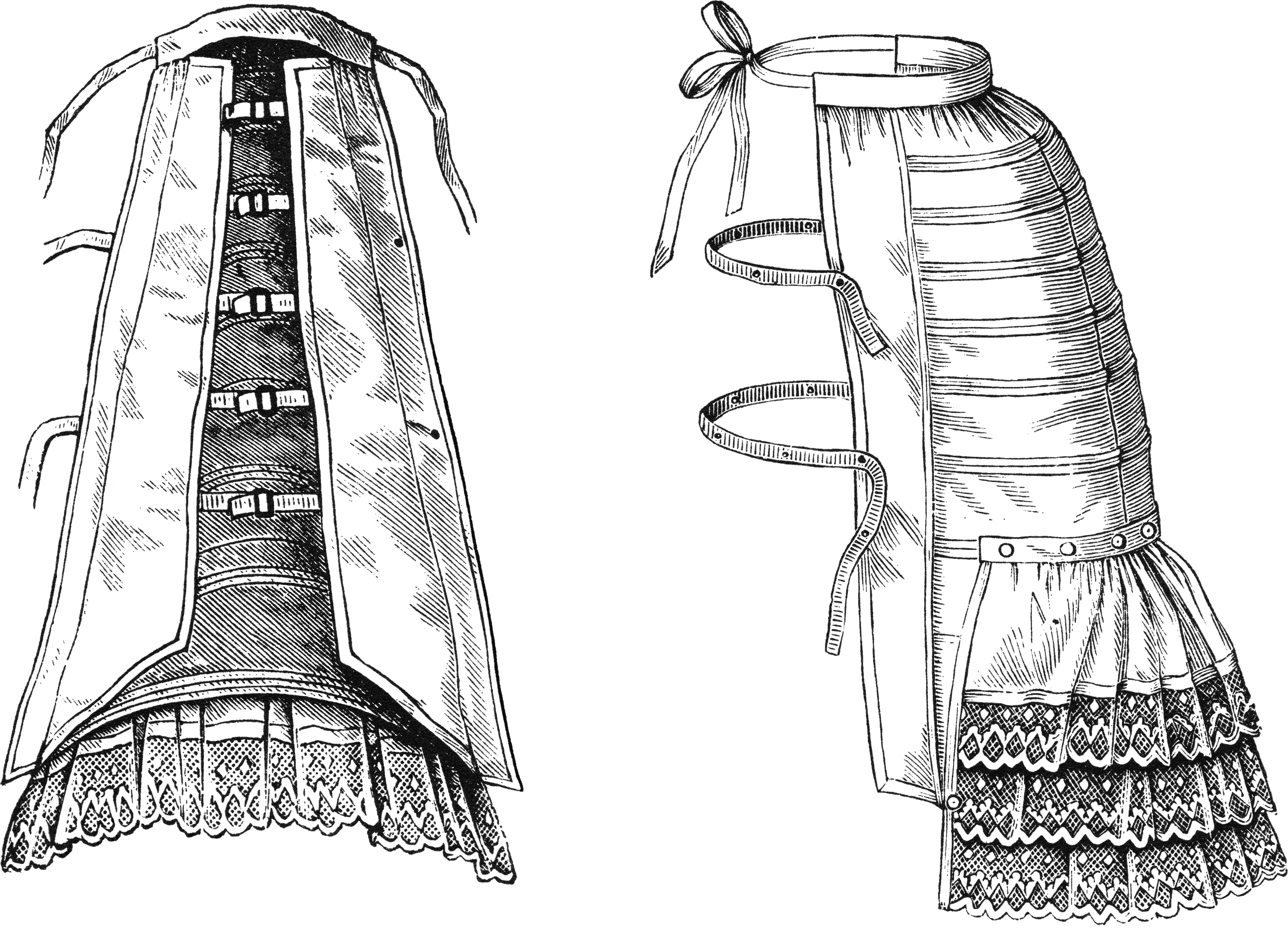
Dimity
Encyclopedia

Cotton
Cotton is a soft, fluffy staple fiber that grows in a boll, or protective capsule, around the seeds of cotton plants of the genus Gossypium. The fiber is almost pure cellulose. The botanical purpose of cotton fiber is to aid in seed dispersal....
fabric having at least two warp
Warp (weaving)
In weaving cloth, the warp is the set of lengthwise yarns that are held in tension on a frame or loom. The yarn that is inserted over-and-under the warp threads is called the weft, woof, or filler. Each individual warp thread in a fabric is called a warp end or end. Warp means "that which is thrown...
threads thrown into relief to form fine cords. It is a cloth commonly employed for bed upholstery
Upholstery
Upholstery is the work of providing furniture, especially seats, with padding, springs, webbing, and fabric or leather covers. The word upholstery comes from the Middle English word upholder, which referred to a tradesman who held up his goods. The term is equally applicable to domestic,...
and curtain
Curtain
A curtain is a piece of cloth intended to block or obscure light, or drafts, or water in the case of a shower curtain. Curtains hung over a doorway are known as portières...
s, and usually white, though sometimes a pattern is printed on it in colors. It is stout in texture, and woven in raised patterns. Originally dimity was made of silk
Silk
Silk is a natural protein fiber, some forms of which can be woven into textiles. The best-known type of silk is obtained from the cocoons of the larvae of the mulberry silkworm Bombyx mori reared in captivity...
or wool
Wool
Wool is the textile fiber obtained from sheep and certain other animals, including cashmere from goats, mohair from goats, qiviut from muskoxen, vicuña, alpaca, camel from animals in the camel family, and angora from rabbits....
, but since the 18th century it has been woven almost exclusively of cotton
Cotton
Cotton is a soft, fluffy staple fiber that grows in a boll, or protective capsule, around the seeds of cotton plants of the genus Gossypium. The fiber is almost pure cellulose. The botanical purpose of cotton fiber is to aid in seed dispersal....
.
Article of clothing
A dimity was a bit of draping worn by performers of the Poses Plastiques, which was an early form of strip tease. Performers wore flesh colored silk body stockings and a dimity to give the illusion of modesty.Theatrical references
- In the Finale of Act I of The Pirates of PenzanceThe Pirates of PenzanceThe Pirates of Penzance; or, The Slave of Duty is a comic opera in two acts, with music by Arthur Sullivan and libretto by W. S. Gilbert. The opera's official premiere was at the Fifth Avenue Theatre in New York City on 31 December 1879, where the show was well received by both audiences...
, the Pirates sing, "Pray observe the magnanimity we display to lace and dimity". - At the conclusion of The Insect Play, by brothers KarelKarel CapekKarel Čapek was Czech writer of the 20th century.-Biography:Born in 1890 in the Bohemian mountain village of Malé Svatoňovice to an overbearing, emotional mother and a distant yet adored father, Čapek was the youngest of three siblings...
and Josef ČapekJosef CapekJosef Čapek was a Czech artist who was best known as a painter, but who was also noted as a writer and a poet. He invented the word robot, which was introduced into literature by his brother, Karel Čapek.- Biography :...
and translated by Paul Selver, a group of school children sings: "As I went down to Shrewsbury Town, / I saw my love in a dimity gown: / And all so gay I gave it away, / I gave it away—my silver crown."

